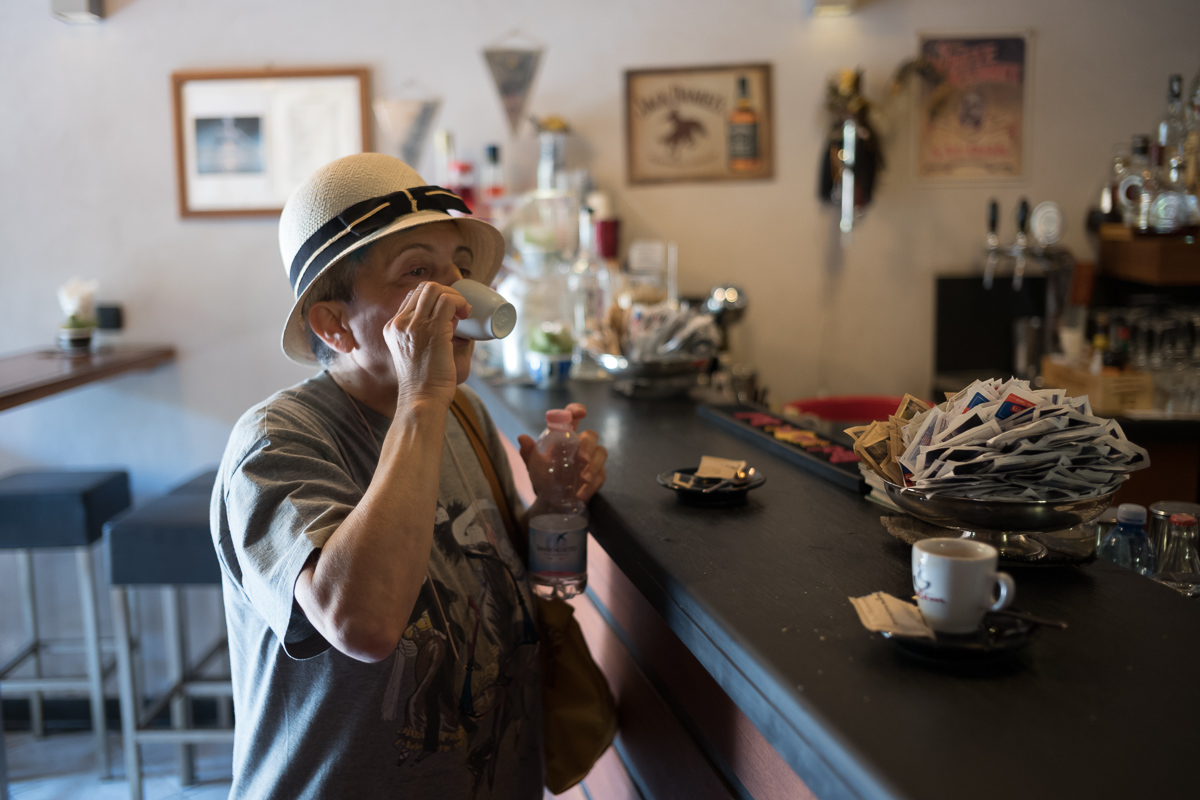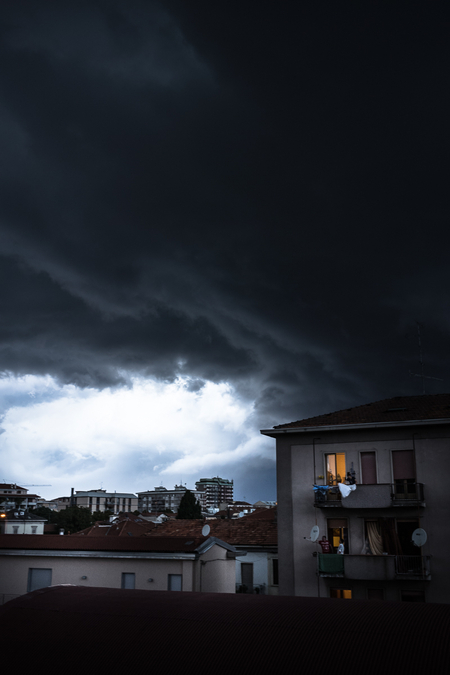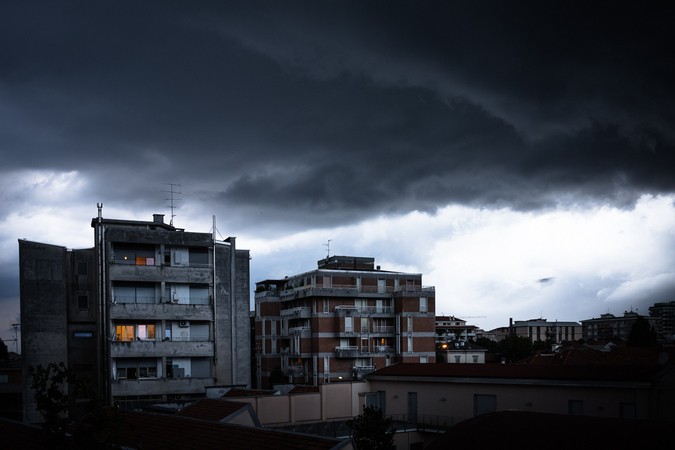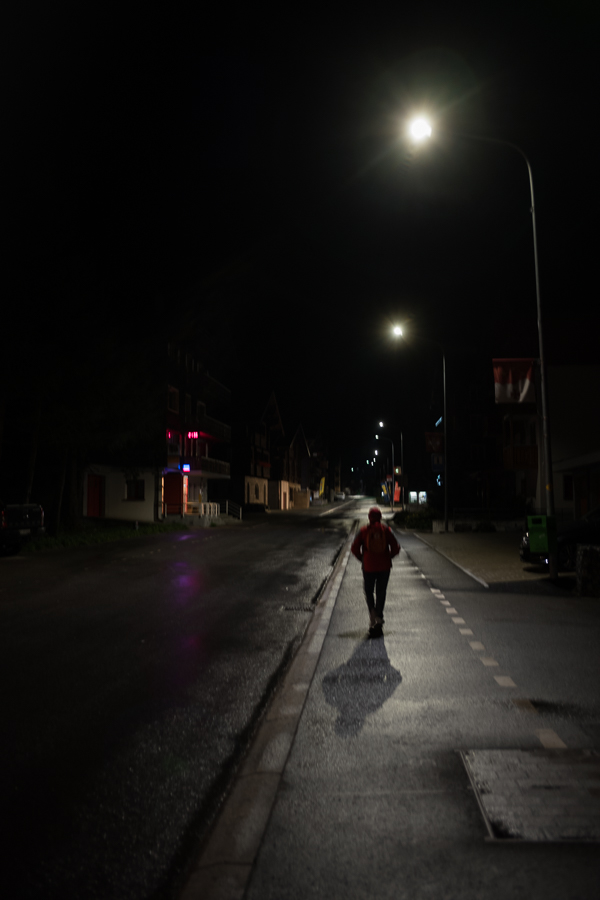raid
Dad Photographer
Thank you for this excellent feedback!
airfrogusmc - Glad you were able to snag one now. I'm sure you'll love it and will do great stuff with it. I'm pretty much in agreement with everything you say about it. Also, I find that I'm not missing my MM because conversions from M10 color to B&W are so easy and flexible.
raid - I'm not an authority on the M240. On the color compared with the M9, I essentially agree with what Andy Piper ("adan") recently wrote on LUF: essentially that the M10 has substantially more dynamic range and that the Leica profile for it goes part of the way towards the "transparency film look" of the M9 — and that the files are so malleable that you can increase contrast and go for the M9 look or process the files in the other direction towards a negative color film or even an HDR look. Also, my feeling is that, as you start processing an image, the M10 often needs to be roughed up if you want the magic of the M9 look. I should add, though, that the white balance is generally better than that of the M9.
_______________
Alone in Bangkok essay on BURN Magazine
Unless I've completely misunderstood you, the above statement looks meaningless: if you underexpose any camera compared to the optimized exposure it's reasonable that the performance will be less than optimum, by definition. However, the concept of "optimized exposure" itself is questionable, considering that there is generally a trade-off depending on the results you are seeking: the best exposure to show a certain level of shadow detail often will differ from that required to show a certain level of highlight detail. That's what gradation control in photography is all about....Unintended sensor underexposure would negate the M10's inherent advantages compared to the previous M generations' used with maximum (optimized) exposure. The potential for higher performance and actually taking advantage of the differences are two different things...
Unless I've completely misunderstood you, the above statement looks meaningless: if you underexpose any camera compared to the optimized exposure it's reasonable that the performance will be less than optimum, by definition. However, the concept of "optimized exposure" itself is questionable, considering that there is generally a trade-off depending on the results you are seeking: the best exposure to show a certain level of shadow detail often will differ from that required to show a certain level of highlight detail. That's what gradation control in photography is all about.
...
willie_901 - What you're describing in the last paragraph is simply the method often used for night photography with the M9: shoot at ISO 640 and push in post-processing in Lightroom. On his blog, Jim Kasson showed conclusively that, on the M9, it was better to increase ISO up to 640 and, after that push in post. (He explains why he specifies to do this in LR). For the MM, Kasson assumed that the optimum" for maximum in-camera ISO is 1600; and I assume that for the M10 it's 3200.
Does that mean that shooting the M10 up to ISO 6400 the dynamic range is not reduced from shooting at ISO 200?...the M10 is essentially ISO invariant from 800 through 20,400! There should be no problem using ISO 800 through 6400 and pushing global brightness as needed in post production. The M10's data stream is very impressive...

Robert - Love the feeling the backlight gives, but I would burn in somewhat the sticklike object in the top-right corner.
_______________
Alone in Bangkok essay on BURN Magazine







